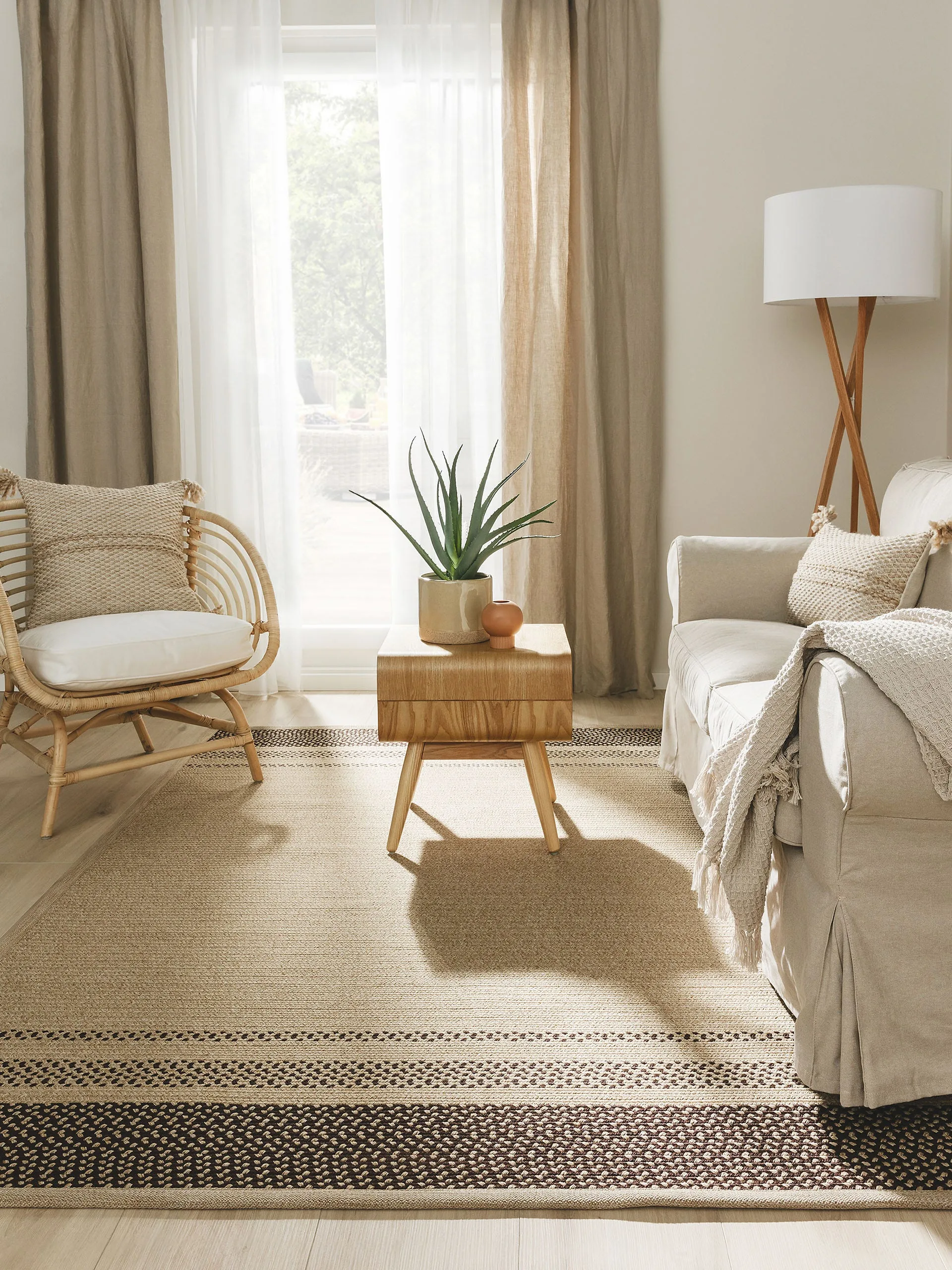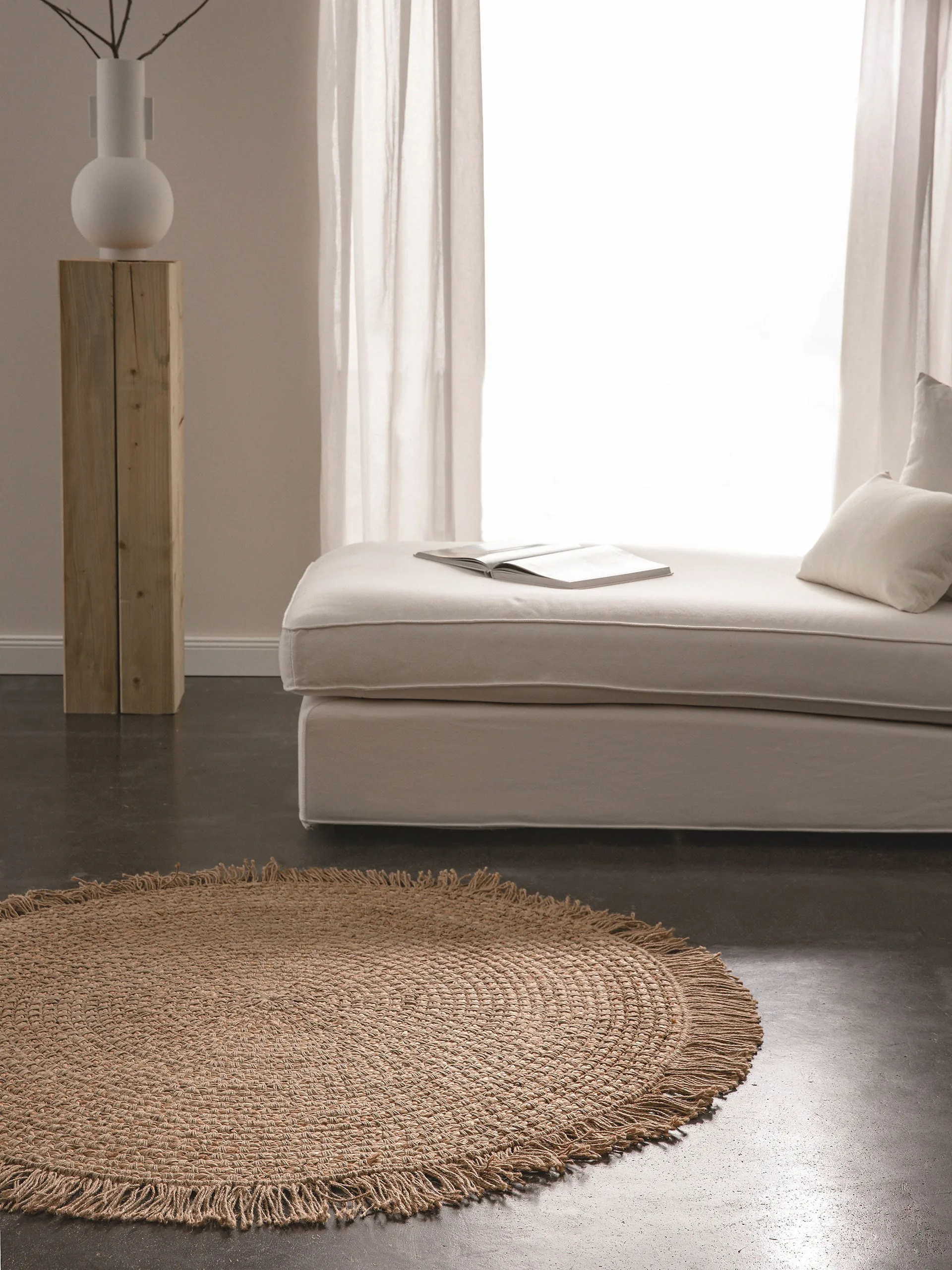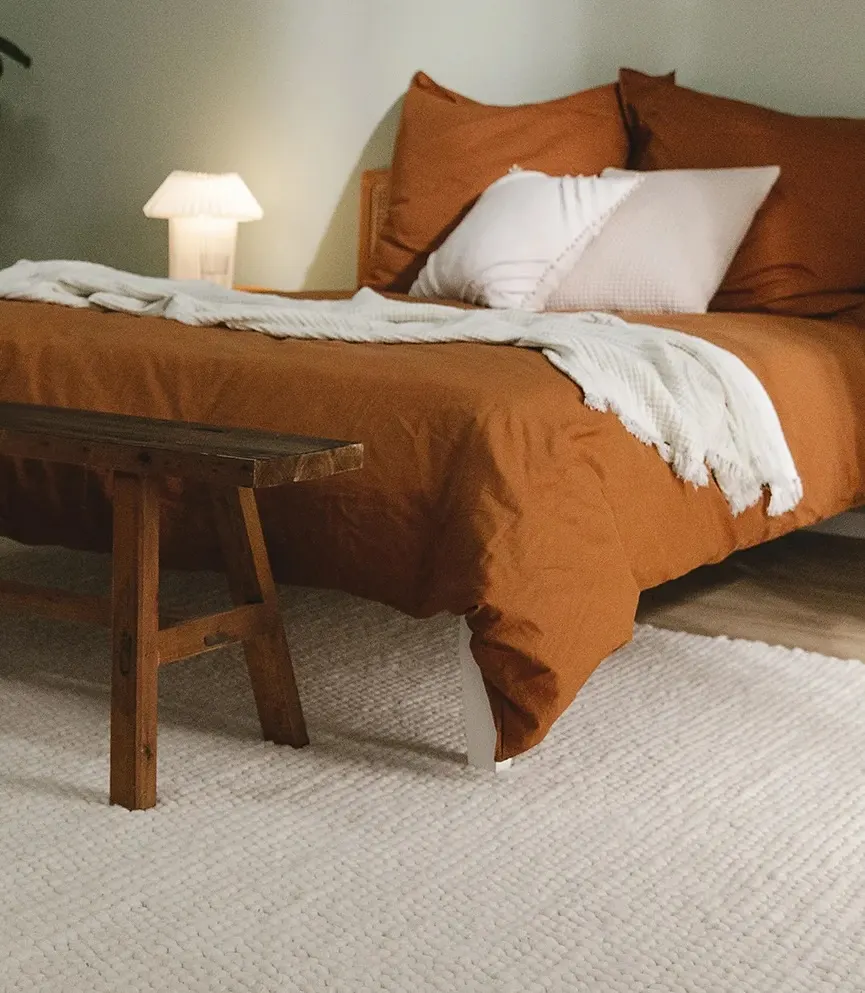About ten percent of the world's population suffer from a dust mite allergy. The dust mite contained in house dust is chiefly responsible for unpleasant allergic reactions. Mites are tiny, unrecognisable arachnids that are found in every home. In just one gram of house dust, for example, up to 4,000 mites can be present.
When mites secrete faeces, it breaks down into even smaller particles, which also mix with the house dust. If a person inhales this mixture, it can lead to allergic reactions such as itching, sneezing and respiratory distress in a hypersensitive immune system. To reduce the symptoms, allergy sufferers should ensure that they are in a mite-free and dust-free environment with the lowest possible amount of indoor air pollution.
The use of rugs is supposedly contrary to this concept of living, because rugs are commonly regarded as dust collectors. Therefore, at first glance, they appear to be unsuitable for allergy sufferers. In the past, people with hypersensitivity to house dust were even advised to do without rugs completely.
Today it has been proven by studies that such advice does not make sense, because rugs - in contrast to a laminated floor or floor boards - bind dust, which in turn keeps the dust concentration in the room air low. As a person with an allergy, you do not have to do without rugs. Nevertheless, there is much to consider when buying a rug. We have summarised what you should consider when looking for a rug which is suitable for allergy sufferers.





